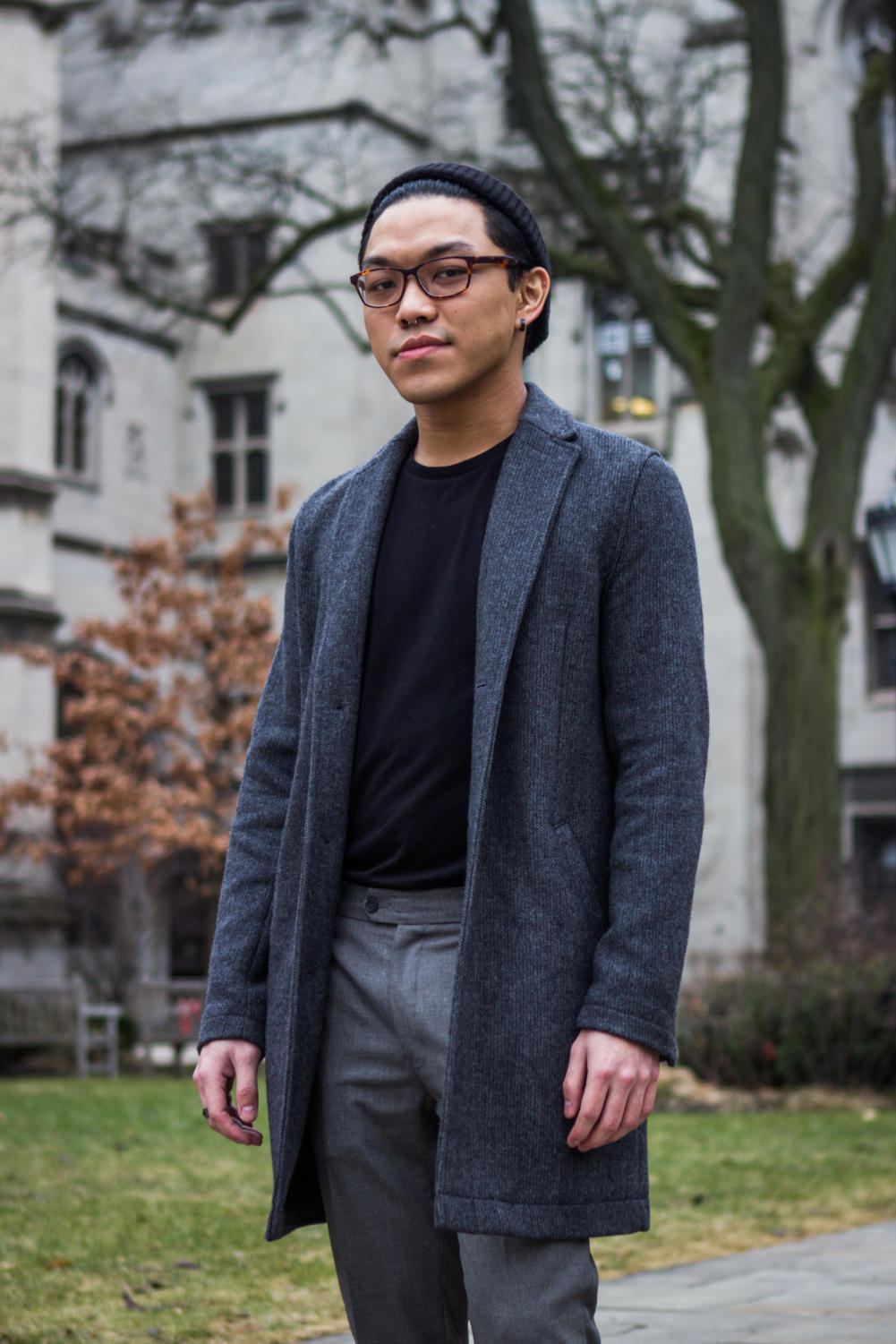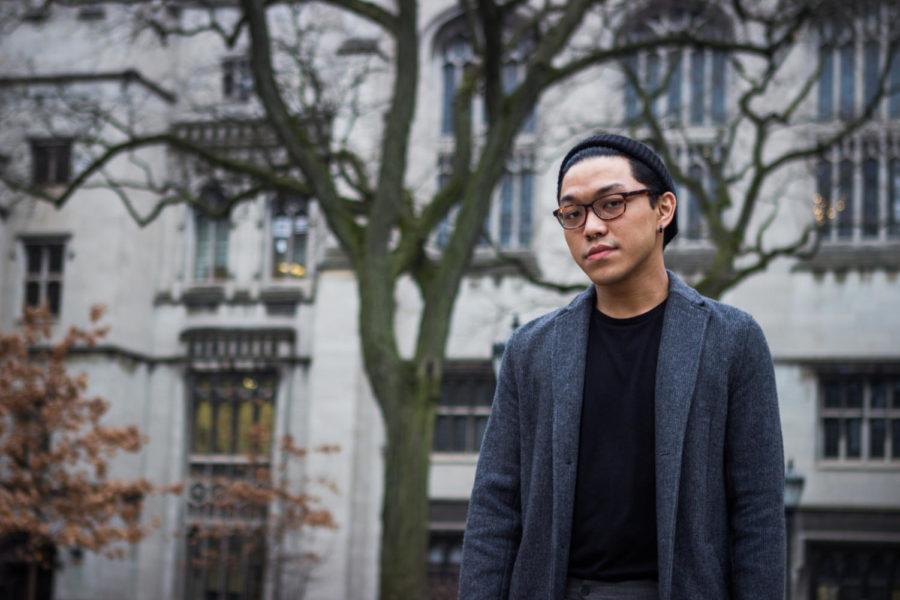JONATHAN LIM / THIRD-YEAR
My name is Jonathan. I’m a global studies and political science double major from Singapore. On campus, I write for the MODA Blog and I’m a brother at Alpha Delta Phi.
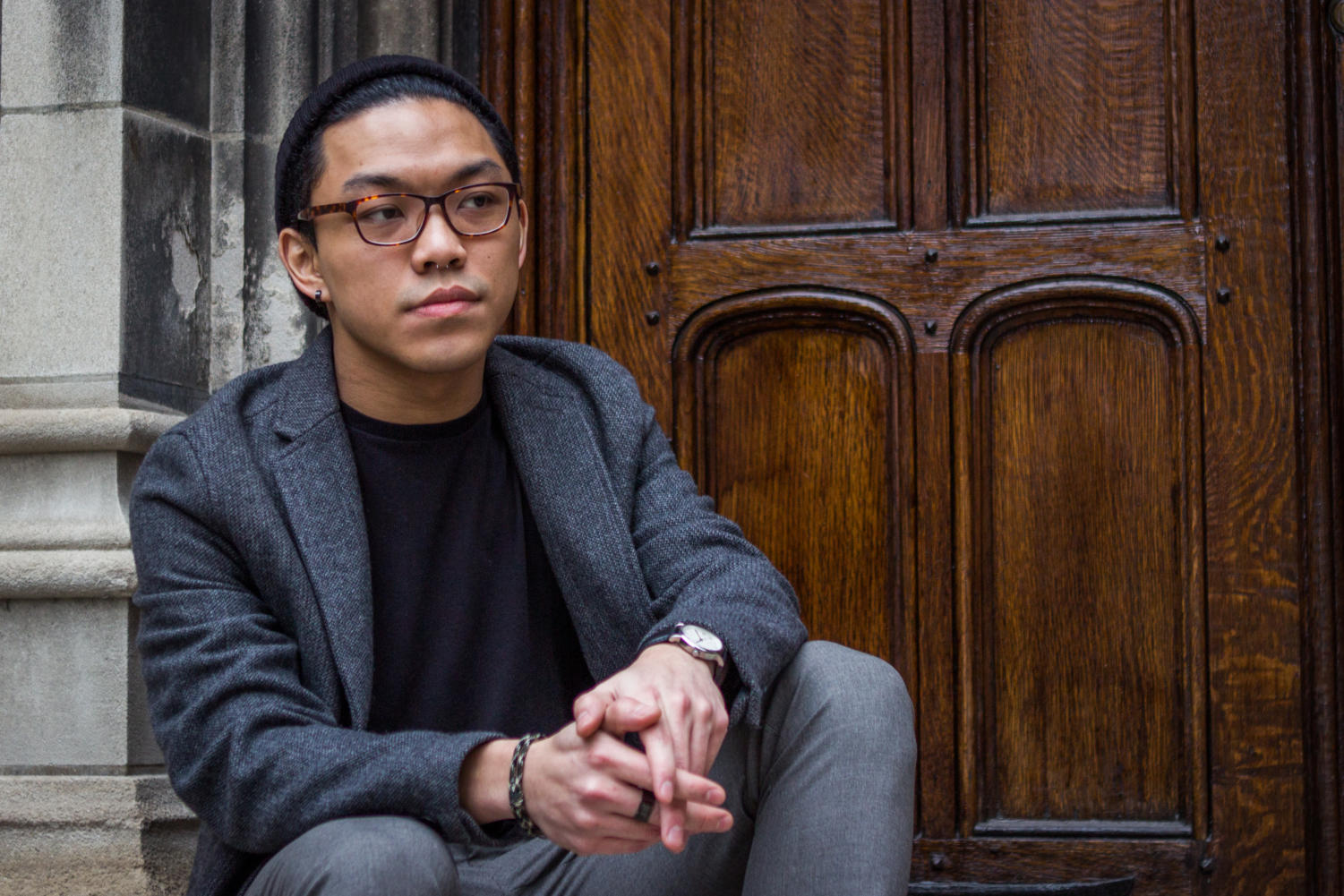
Fashion in Singapore is pretty boring in general—it’s summery and humid all year round, so there’s no real opportunity for layering. Most people back home can be categorized into three or four archetypes with very little experimentation. And even those are very bland, kind of copy-pasted from what Westerners are wearing.
Right now I really like Japanese streetwear—the subcultures and styles are very diverse and have a different vibe from American streetwear. It’s a horizontal difference, not necessarily better or worse. Recently I’ve been thinking about getting a noragi, which is a traditionally Japanese overshirt or jacket. There’s this Malaysian company that makes them with a more fitting, less traditional silhouette that I think is more contemporary. I was thinking that might be an interesting piece to add to my wardrobe and pair with Western influences.
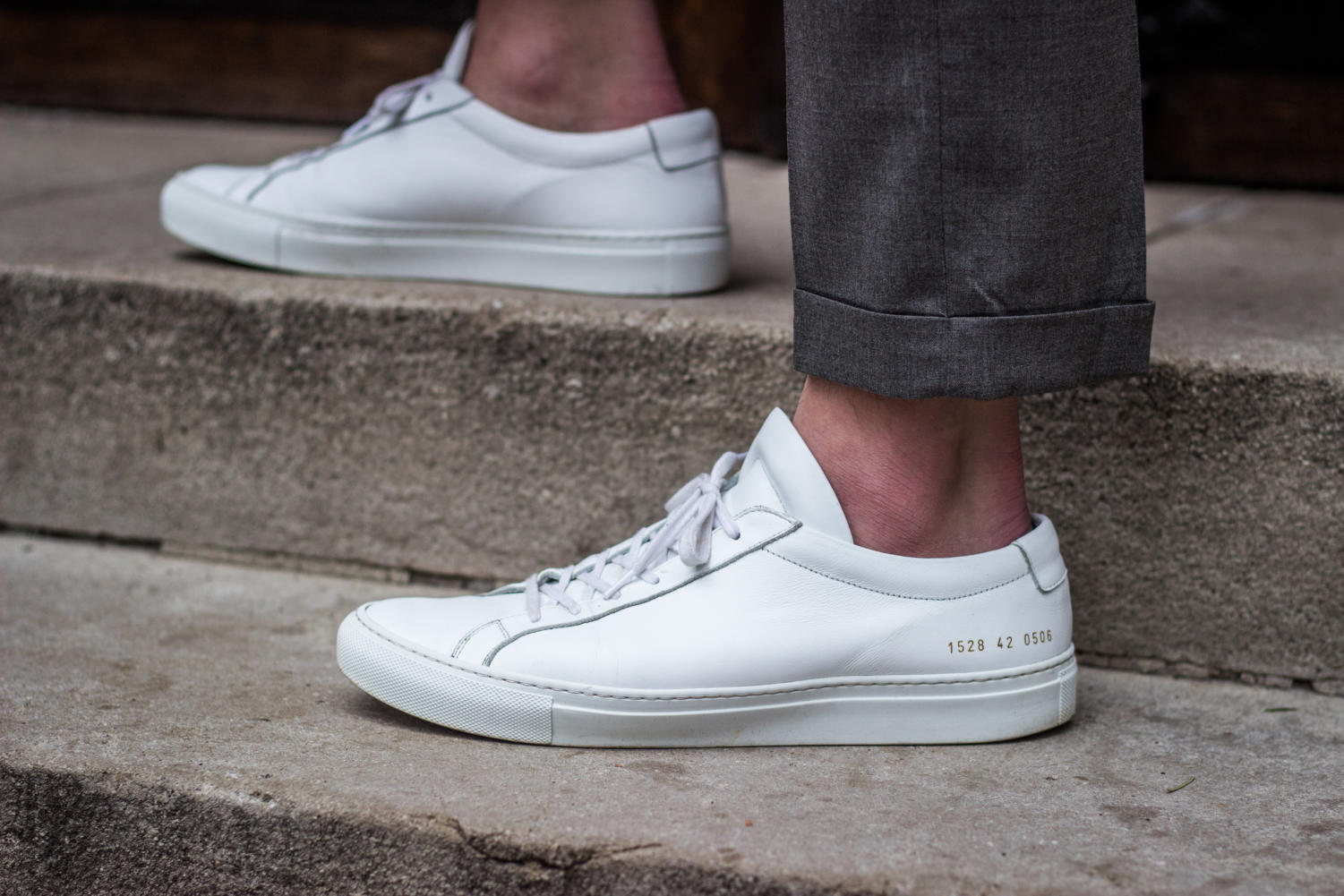
My personal style is influenced by the people I hang out with and what I see on social media. Right now it draws very heavily from streetwear: think Hypebeast [a lifestyle website focusing on streetwear] or Grailed [a consignment platform for menswear]. I started really getting into streetwear through two of my closest friends here, in the last one to two years. I’ll also see something on Facebook or Instagram which I think is pretty cool—but it can be ridiculously expensive. So it’s up to me to either be a little bit more creative with what I already have or find cheaper alternatives.
“I like messing around with fashion—because identity is always changing.”
Instagram can be a great platform for fashion influences: I like it because it promotes different perspectives and subcultures, but I’m also cognizant that what you see on social media—especially with respect to fashion—is not generally reflective of day-to-day life. People buy clothes to try on, take photos, and then return—that’s super common. So while I draw a lot of inspiration from what I see online, I take social media with a grain of salt because it’s not 100 percent authentic or representative.
Speaking of social media, I think it’s perfectly fine to buy into a look. Labels like John Elliot or Acronym sell this prepackaged aesthetic that says, “If you wear this from head to toe, all of our stuff, you will look objectively good.” Personally, I think there has to be some sort of mixing and matching to make something uniquely yours. Or you might be making a conscious decision to buy into that, which says something about yourself.
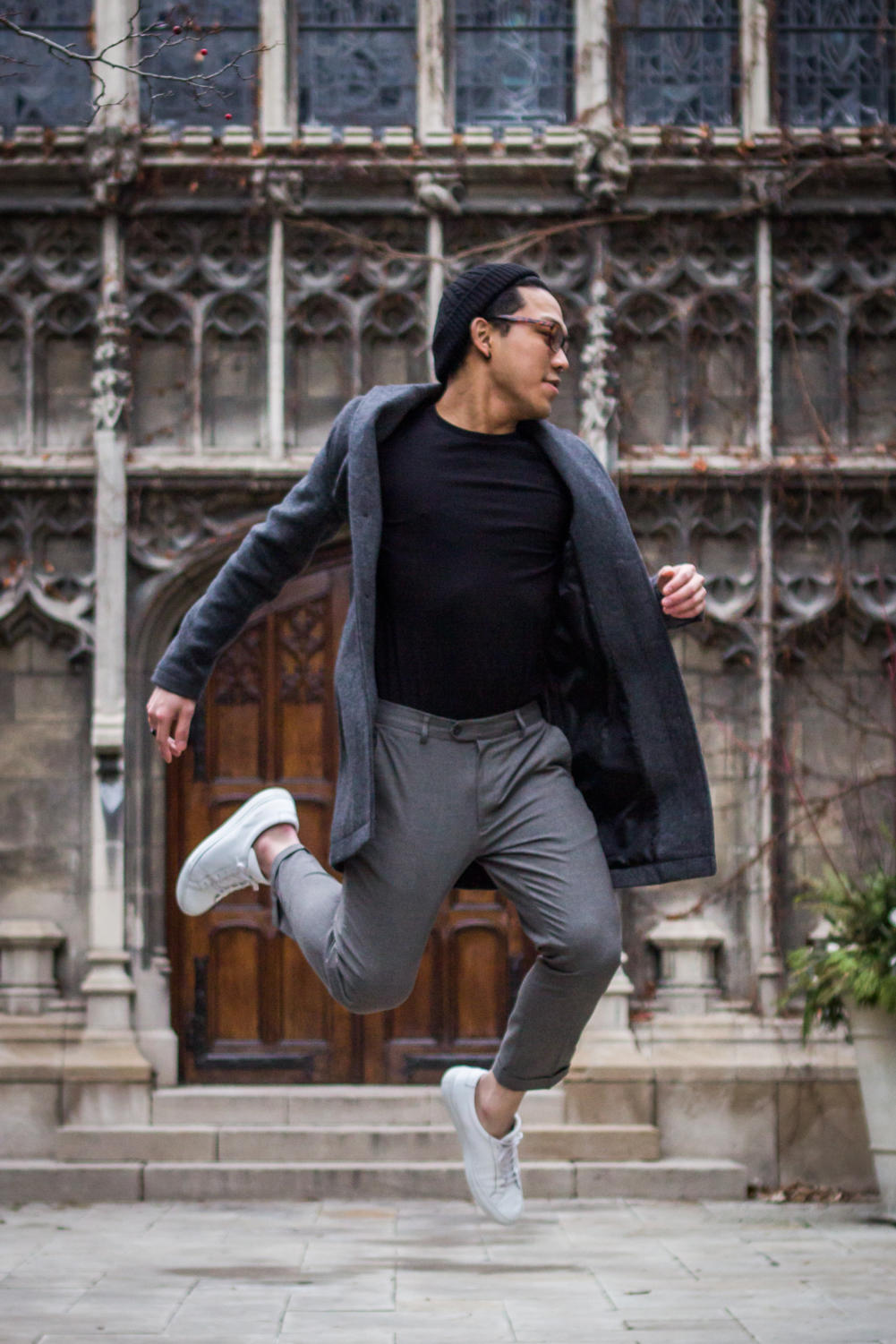
I’ve always thought of fashion as performative. What you wear is an expression of yourself—it’s one of the easiest, most straight-forward ways to project an image. Now whether or not you want that image to be the same as who you think you really are is a whole other ball game. That’s why I like messing around with fashion—because identity is always changing. I used to dress really preppy all the time, which is obviously a big departure from what I’m wearing now.
Comfort also affects a lot of my choices in how I dress—I have sacrificed comfort for fashion before, but now I’m slowly finding that optimal balance between the two. My first year I tried getting into raw denim [Editor’s note: Untreated denim is prized by enthusiasts because the dye rubs off with regular wear and tear, producing fades unique to the garment and the wearer], so I bought a pair of raw denim jeans and thought, “This is going to be great, I’m going to break them in, they’re going to be able to tell a story.” I really bought into the whole spiel—but they turned out to be really uncomfortable and I didn’t enjoy wearing them. Then I got Uniqlo stretch denim, which looks better, feels more comfortable, and costs less. So the money I spent on raw denim was a sunk cost, but that taught me how important comfort was—if I don’t fully enjoy wearing it, I’m not going to buy it. —JONATHAN
